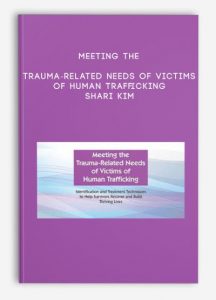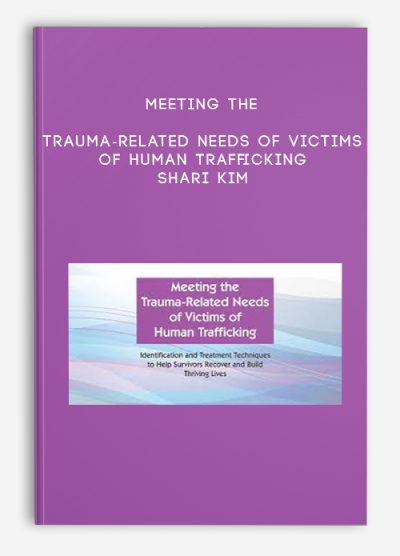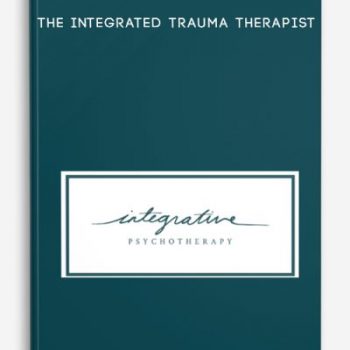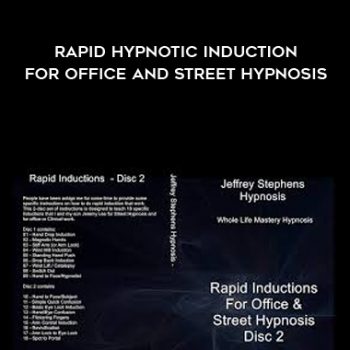
Meeting the Trauma-Related Needs of Victims of Human Trafficking – Shari Kim
Description:
Are you prepared to work with victims of human trafficking when he or she walks through your office door? Maybe, you currently have a client—hidden in plain sight—on your case load. They can’t speak out, so it is imperative that you learn the warning signs.
Understanding trauma is not enough to provide accurate and effective care for the struggles these survivors have endured. Complex trauma is overlaid with brainwashing and Stockholm Syndrome, providing an extremely complicated set of needs in this population.
Watch human trafficking expert Dr. Shari Kim as she guides you through these must have identification and treatment techniques that specifically addresses a survivor’s unique set of needs related to repeated and intrusive trauma. You’ll learn how to:
Identify the signs a client has been trafficked including what to watch for in-session
Discern between victims of sex trafficking, labor trafficking, child soldiers, and organ donation
Effectively treat symptoms of PTSD, Stockholm Syndrome, and brainwashing
Reduce co-occurring disorders such as shame, anxiety and substance abuse
Create the appropriate therapeutic environment to enable the best clinical outcomes
Facilitate post traumatic growth to help clients find meaning after trauma
Purchase today and you’ll leave with the tools to safely and skillfully guide clients through the transformation from being a victim to a survivor!
Outline:
Human Trafficking: What You Need to Know
Types of trafficking
Where people are trafficked
Risk factors for trafficking victimization
Limitations of the research and potential risks
Clinical Treatment for Human Trafficking Survivors
How to identify and what to watch for in-session
Identify risk in the clinical interview
Trafficking screening and assessment tools
How to respond if you suspect trafficking
Case example: How the signs of a 16 year old trafficked female go unnoticed
Special Considerations for Populations at High Risk
Overcome Brainwashing and Stockholm Syndrome
Psychological underpinnings of entry to trafficking
Why victims stay (and why they return)
Psychological processes of luring in victims
Treating the Trauma of Trafficking
Prolonged Exposure, EMDR, Cognitive Processing Therapy for trafficking related PTSD
Strengths-based treatment approaches
The essential components of trauma-informed care
Treatment Obstacles and What to do About Them
Building and maintaining trust with a trafficking victim
The power of brainwashing and who is vulnerable to being trafficked
Who is at higher risk of being trafficked
Risk of returning to trafficking
Safety issues
Post-Traumatic Growth: Transformation from Victim to Survivor
Help clients find meaning after trauma
Create a comprehensive, individualized recovery plan
Case examples: From trauma to recovery
The Legal Process
Federal and local trafficking protections
Why it’s so difficult to investigate and prosecute trafficking cases
The unique protection needs of survivors
Case examples
NLP online course
So what is NLP?
Firstly, NLP stands for Neuro-Linguistic Programming. Secondly neuro refers to your neurology;
Thirdly linguistic refers to language however, programming refers to how that neural language functions.
As a result,In other words, learning NLP is like learning the language of your own mind!
Moreover, NLP is the study of excellent communication–both with yourself, and with others.
It was developed by modeling excellent communicators and therapists who got results with their clients.
NLP is a set of tools and techniques, but it is so much more than that.
In conclusion, It is an attitude and a methodology of knowing how to achieve your goals and get results.













tristian –
This is Digital Download service, the course is available at Vincourse.com and Email download delivery.